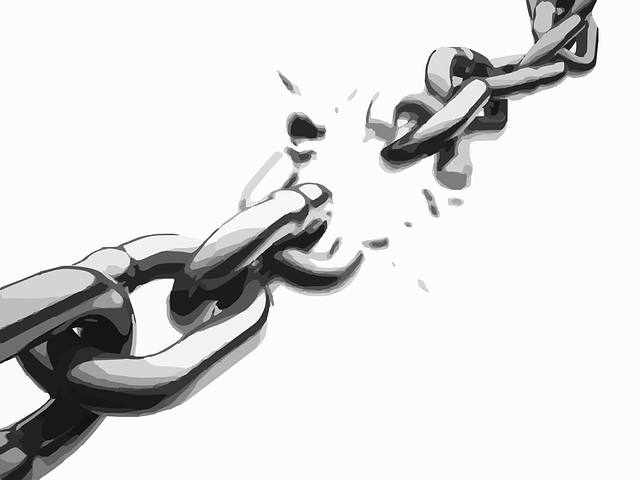January was special for Indian test cricket. It was the month that a side considered a B-team beat all odds and won against Australia in a ground that has been regarded as an Aussie fortress: The Gabba in Brisbane. It took the unleashing of aggression and the best strategy. Can Nirmala Sitharaman pull off a Gabba?
What can the Union Budget do but create a sense of the intention of the government? What does the Economic Survey do but set the stage for such an intention?
India needs jobs. Post-Covid, there is still a deficit of 15 million jobs on top of the fact that India needed to create a million jobs annually. The latest report by McKinsey states that India needs to create 90 million jobs by 2030, or it will risk a decade of economic stagnation--considering that over the decade 2021-2030, 60 million new workers are likely to enter the workforce as per current demographic trends, and an additional 30 million workers could move from farm work to more productive non-farm sectors.
To create jobs, we need entrepreneurs who are willing to take risks and to invest. But enterprises in India have been choked by debt. Even as per figures in 2019, more than 36% (680,000) of the 1.9 million registered companies in India had “closed down" as per the latest numbers provided by the Ministry of Corporate Affairs (MCA) in Parliament at that time. The figures of companies on the brink of closure due to the pandemic are yet to be accounted for.
In the construction and infrastructure sector, there are two principal risks which are the curse of the system:
1) Construction and environment permits, and
2) Enforcement of contracts (India ranks 163, behind Pakistan ranked 156 as per World Bank).
In the last two decades, several companies have shut shop. Companies such as Hindustan Construction Company, Gammon India, IVRCL, Punj Lloyd, Simplex Infrastructure, Lanco, Era Infra, Marg, Madhucon Projects, Progressive Constructions have all suffered a similar fate. The number of companies which have buckled under from the real estate sector are many more.
Apart from the two risks I have cited above, the biggest killer of enterprise is interest. In the last two decades our average interest rates have been in the region of 12%: When compounded, the principal borrowed amount doubles in six years. Any infrastructure company that fails to deliver a project due to delays in either obtaining permissions or in securing timely payments due to disputes with government bodies can see its debt double and the company can falter.
Here is where the overregulation, as mentioned in the Economic Survey, begins to bite, as every arbitration order in favour of the entrepreneur and against the administration is appealed against by the bureaucrat for fear of being castigated as currying favour.
How can we create an environment of lower risk for entrepreneurs that automatically improves the chances of success of enterprises?
A low-interest regime and a highly efficient administrative system for a quick turnaround in construction and environment permissions. In fact, projects must be fully incubated within the government and offered after all clearances are obtained. National Highways Authority of India (NHAI) invites bids after 90% of the land required for road construction has been acquired. Why does it not award contracts only after 100% of the land is acquired?
How do you create a low-interest regime?
By ensuring that all assets under management of the government are highly productive, ethical, and accountable. By ensuring that Public Sector Enterprises (PSEs) generate efficient returns they need to be accountable. The electricity boards ought to also ensure better revenues from electricity distribution.
And for that to happen, the government needs to reduce its high majority holding in the enterprises, and privatise. A low government equity base in PSEs will help the enterprises strive to compete with benchmarks set by the private sector. The government should only retain a higher stake in segments where national security may get compromised.
Currently far too many areas are being considered ‘strategic’ and therefore low efficiency and productivity will besmirch the ability of the government to keep its fiscal deficit under control.
The Union Budget’s biggest challenge is to address the leaking bucket, patch it up and plan to increase the size of the bucket, and then to boost the flow into the bucket.
Pilferage in the form of non-performing assets (NPAs) looms over our banks, and banks may get a relief in terms of leniency in classification of defaulting accounts as NPAs by offering a 120-day period instead of the current 90-day period. Still, we are only kicking the can down the road.
Moratorium for six months, special credit line for banks, low repo rate and restructuring were some of the initiatives that were offered to banks by the Reserve Bank of India. But the NPAs are an inherited problem that has only got compounded during the Covid-19 pandemic. It is likely that NPAs may touch 12.5% of total loans, as per a report by RBI in July 2020. The NPA problem is the result of the above-mentioned risks of working adversely against the spirit of entrepreneurship.
The Economic Survey 2021-22 alludes to a complete clean-up of the bank books once and for all.
India is at a stage when we have a low-interest environment, banks are flush with funds, demand is awaiting vaccination, and supply chain hurdles are being eased. This is the perfect stage for launching enterprises that can in turn tune up the job demand. Existing enterprises can also expand and invest under the current improved and attractive tax scenario. It is time to boost the spirit of entrepreneurship. If the Union Budget can unleash animal spirits of entrepreneurship, we would have begun our journey from a successful handling of the pandemic to an economic recovery.
Author: Pratap Padode is Editor-in-Chief, Construction World, & Founder, FIRST Construction Council.





















